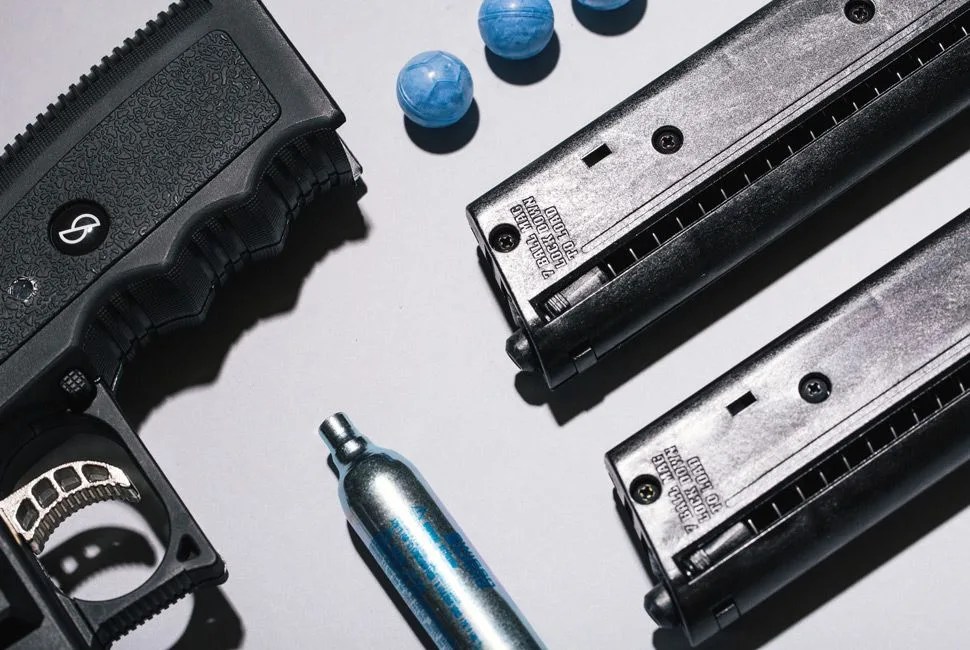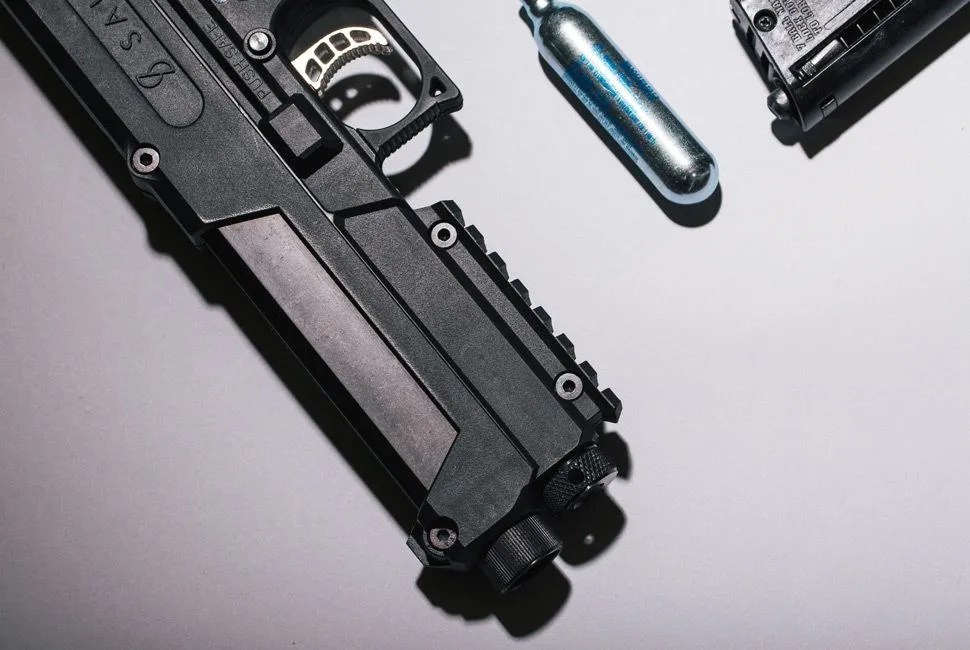Editor’s Note: This article was originally published on January 14, 2016. We have chosen to republish it now in light of the recent tragedy in Orlando. The loss of 49 lives this past weekend is a scar on family and community that will never heal. We feel, however, that it is prudent to take the opportunity to have a discussion about the role of guns in our society, no matter how stagnant those discussions have appeared in the past. One often-heard argument for gun ownership is that, in the worst-case scenarios, there currently exists no alternative for personal defense that is as effective as a gun. It’s difficult to argue against this line of thinking, especially in a gun-saturated nation, but the nature of any democracy is open discussion. While the following article pertains more to handgun violence than the more recent mass shooting (which involved a handgun and a semi-automatic rifle), we feel that it’s wise to consider the topic again, if only to hear one more perspective.
Not long ago, while conducting preliminary research for his startup self-defense company, SALT Supply Co., Adam Kennedy, 36, was standing in an Indiana gun store when a man came in with an interesting request. “He said to the man behind the counter, ‘I want a gun that I can shoot someone with, but I don’t want to kill him unless he’s really bad,’” recalled Kennedy. “The guy’s like, ‘What do you mean?’ And they had this honest conversation about, ‘What if it’s just his neighbor’s kid?’” said Kennedy. “Finally the clerk said, ‘But every gun is made to kill.’”
At 9 p.m. EST Tuesday night, 700 miles to the east of Kennedy’s home in Chicago, President Obama gave the annual State of the Union Address to a packed room, and one empty seat. In First Lady Michelle Obama’s box, a chair was left vacant to remember the victims of gun violence who can no longer have a voice. Obama’s address came just one week after he tearfully spoke in Washington about gun violence in this country, which he’s referred to as an “epidemic.” With the relatives of victims of mass shootings flanking him, he outlined a number of steps, taken as executive actions, to reduce the 33,636 who died from firearm injury in 2013, the latest year studied by the CDC. The fourth point on his list was to “boost gun safety technology.” In this regard, Kennedy hopes to offer a private-sector solution.
Until very recently, Kennedy worked for Samsung, the Korean tech manufacturer. In 2014, the job took him and his wife from Los Angeles to Chicago. Less than one week after moving into one of the up-and-coming neighborhoods, a boy was gunned down in the middle of the street in front of their home. Kennedy knew that in a short time his job would take him to Korea, as it often did, and he’d have to leave his wife home alone. Uncomfortable with this, given the recent shooting, he spoke with his next-door neighbor, Andy McIntosh, 41, who worked in security at Honeywell and shared his concern. One night, the duo sat down at a whiteboard and tried to find a solution. What they eventually came up with is called SALT (short for “Safer ALTernative”), a handheld, non-lethal home defense weapon sold online for $350 as “a Safer Gun for a Safer Home.” The black, oversized weapon uses compressed air, instead of smokeless powder, to fire balls filled with a proprietary powdered chemical that causes temporary blindness and lung constriction at a range of up to 200 feet. “So if I saw you, I could shoot you with it,” said Kennedy. “And if I don’t see you, I can shoot the staircase. It’ll leave a big veil of toxins in the air, and you can’t come through.”

A gun in the home is 22 times more likely to cause injury against those in the home, whether by domestic homicide, suicide or unintentional shooting, than for self-defense, according to the Brady Campaign.
To hear Kennedy explain SALT, from under a ball cap and behind thick framed glasses, is to hear someone intimately aware of their position, a surveyor carefully marking a spot for themselves in the middle of the most polarizing debate in America. For this reason, in explaining his vision for non-lethal home defense, he stabilizes himself atop basic truths before offering any solutions. He saves the “what” of SALT until after he’s convinced you of the “why.”

